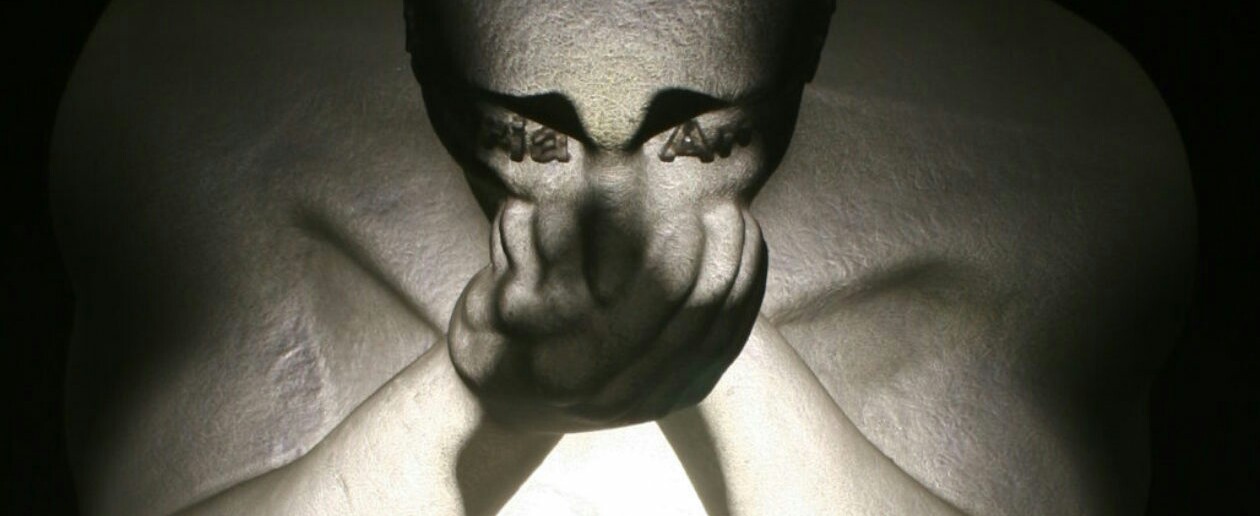I am a fan of modern Architecture. Well, lets say most of the well designed buildings. One of the greatest architects of the twentieth century must be Charles-Edouart Jeanneret-Gris, or better known as le Corbusier.
Le Corbusier summed up his approach architecture in five points.
1. Lift the whole structure of the ground. He used pilotis or reinforced concrete stilts to do this. Because the stilts carried the weight of the building it allowed the next two points
2. A facade free of support elements.
3. No interior support walls witch allows for open plan spaces.
4. Ribben windows that span the length of the building that allows in lots of light and uninterrupted garden views.
5. Roof space used as garden and outdoor entertainment area.
On a recent visit to Paris I could not wait to visit the Le Corbusier Foundation that is housed in the Maison la Roche, built to house the art collectors collection of modern paintings. The site of the building is a challenge to any architect, but the ingenious rethinking of use of space make this house something special
One enters the house into a foyer that extends upward over three floors. With stairs and passages one is linked to the rest of the house.


























